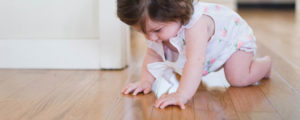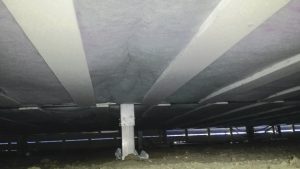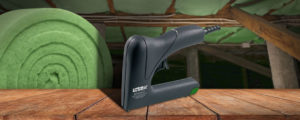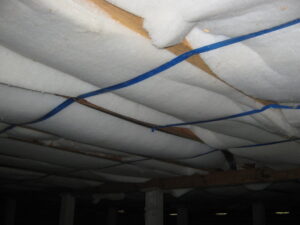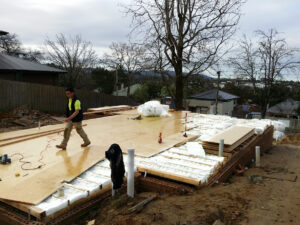They may be just minor openings from afar, but gaps in your hardwood floors can have a huge impact to your home’s indoor temperature, and overall thermal comfort. Continue reading to learn more about how gaps exist in your floorboards, and how you can prevent them from affecting your comfort in extremes of weather.
Why are there gaps in floors?
The gaps are a direct result of the floorboards’ expansion and shrinkage during winter and summer, which will be affected by the levels of moisture present above and below the floors. Being made from wood, floorboards undergo expansion in the summer when moisture content is higher, and shrink in the colder months when moisture content is lower. This means that gaps in your floors can get wider in winter, allowing more draught in. One tiny crack here and there won’t matter until you add them together. An average room has about 80 to 100 metres of gaps if you laid them end to end. These tiny gaps add up to an area measuring 50 x 50 centimetres or about the size of an open window! For cracks present in between floor and skirting boards, these can total 20 x 20 centimetres per room, the equivalent of another open window.
A blow to your comfort and energy cost
In general, draughty homes are wasteful of energy, because they allow expensively heated air to escape while homeowners continue to feel achingly cold. To make your space cosier, people end up blasting their thermostats to improve comfort, which puts them in an unending cycle of wasting more energy without locking in comfort. Solutions. Below are realistic solutions you might want to try to prevent draught from seeping into your floorboards:
Solution 1:
Install carpets with good underlay. This will give you a rating of R1.0 for your floor: the timber floor is rated R0.7 and the carpet with underlay rates R0.3. 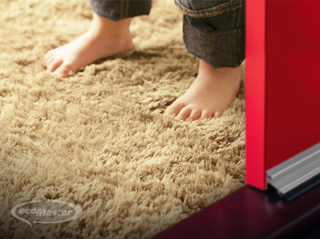
Solution 2:
Caulk your floors to seal the gaps and cracks using Fuller Ultra Clear sealant. This is a water-based gap sealant that is white when applied and clear when dry (not invisible). You can also apply this sealant on your draughty architraves, skirting boards, and air vents. 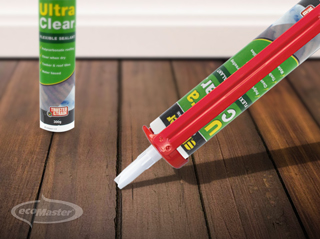 Note: Any kind of timber putty is brittle and inflexible. As the floor flexes, the putty cracks and falls out, or is vacuumed up. Either way – it’s not there for long.
Note: Any kind of timber putty is brittle and inflexible. As the floor flexes, the putty cracks and falls out, or is vacuumed up. Either way – it’s not there for long.
Solution 3:
Install a premium Polyester Underfloor Insulation R2.5 under your floorboards.
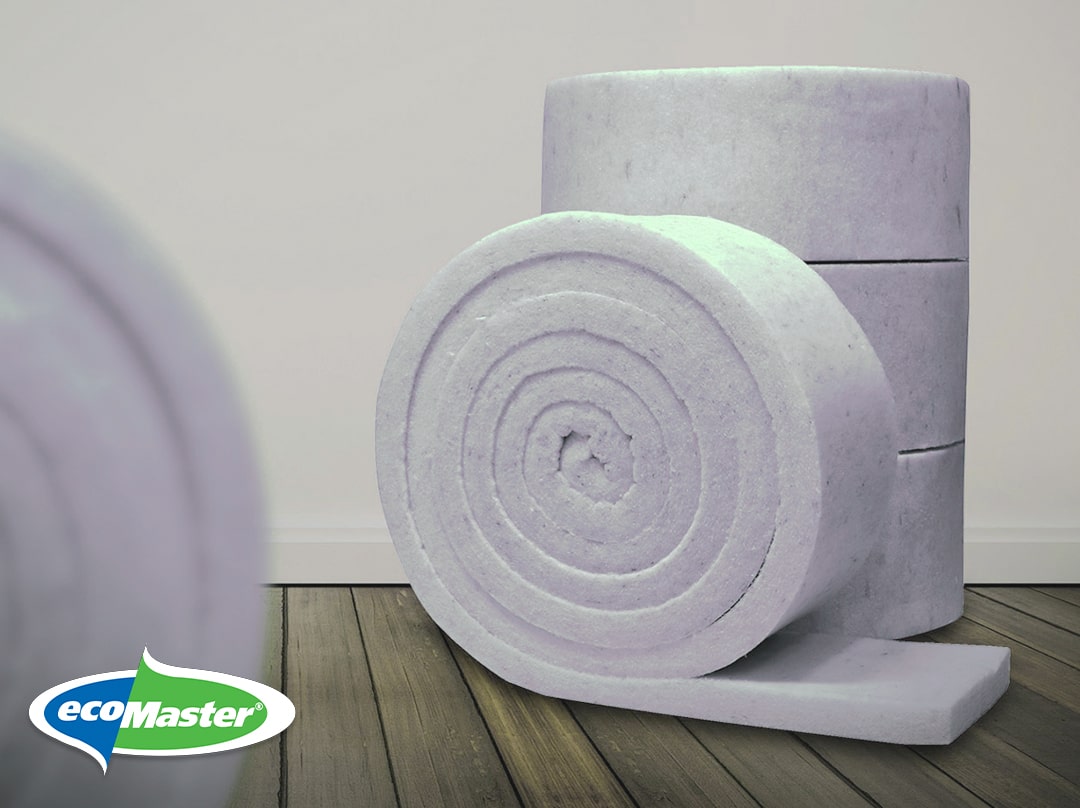
Polyester is the most effective, safe, and durable insulation available for insulating under floors. It does an excellent job in improving your thermal comfort, and keeping your winter warmth in, and the summer heat out. This means you won’t have to run your heating, and cooling appliances any more than necessary. You can also enjoy much lower energy bills too. This will rate a glorious R3.2 (R0.7 timber floor + R2.5 insulation) in conjunction with your timber floor.
Discover a wide range of draught-proofing solutions for your home that help you grab ahold of lasting thermal comfort.
If you would like an obligation free quotation on underfloor insulation for your home – DIY or installed, go to www.UnderfloorInsulationAustralia.com.au/getpricing

